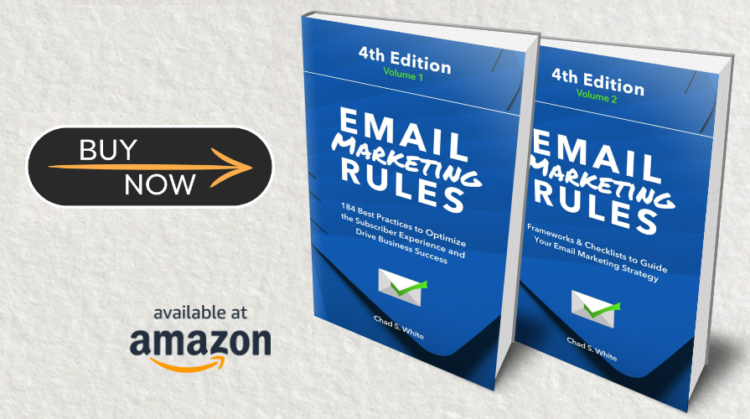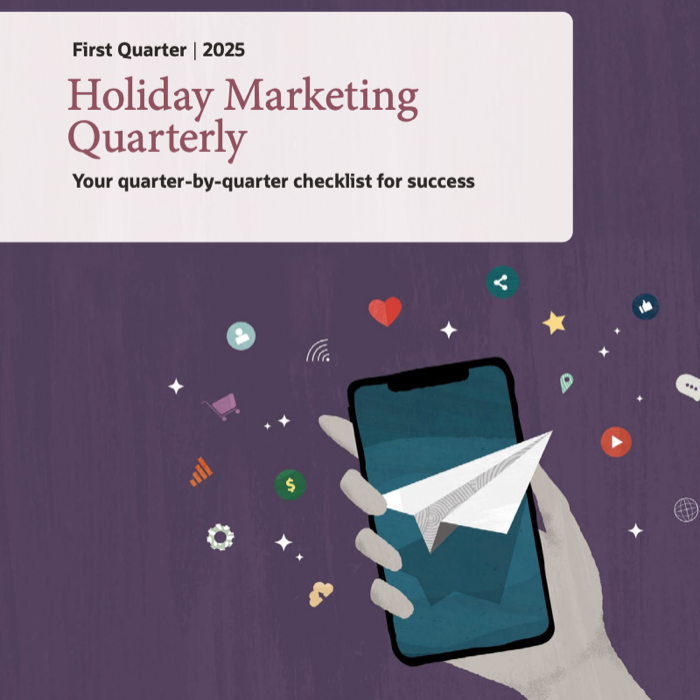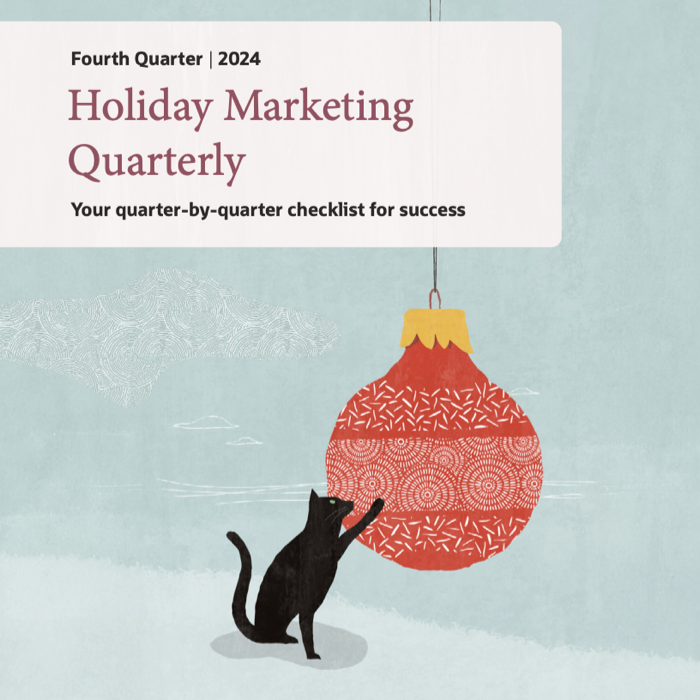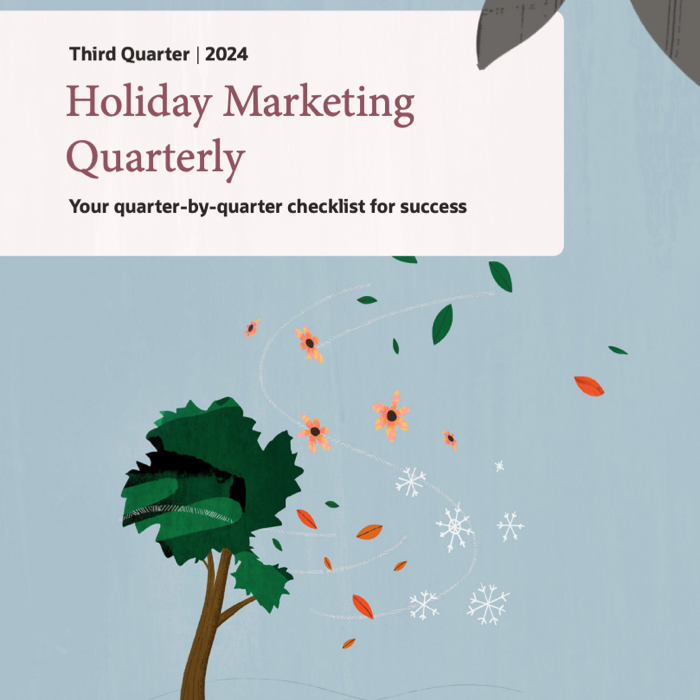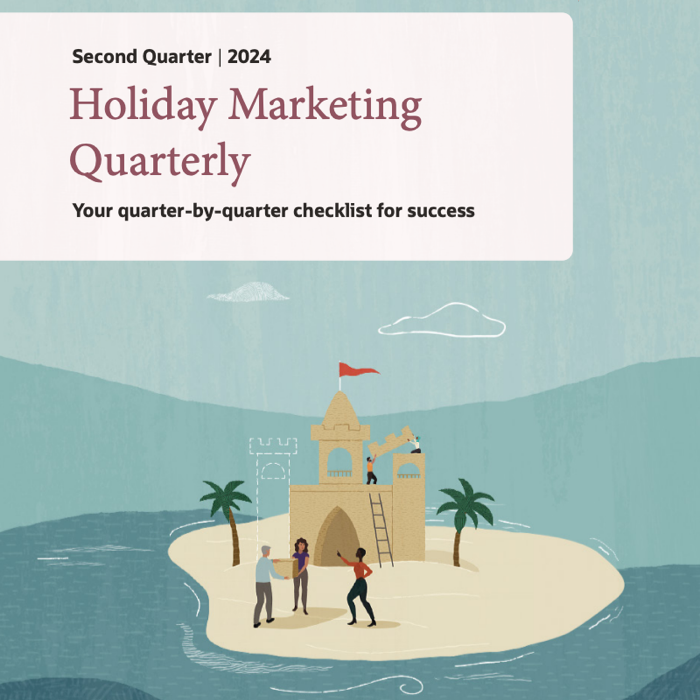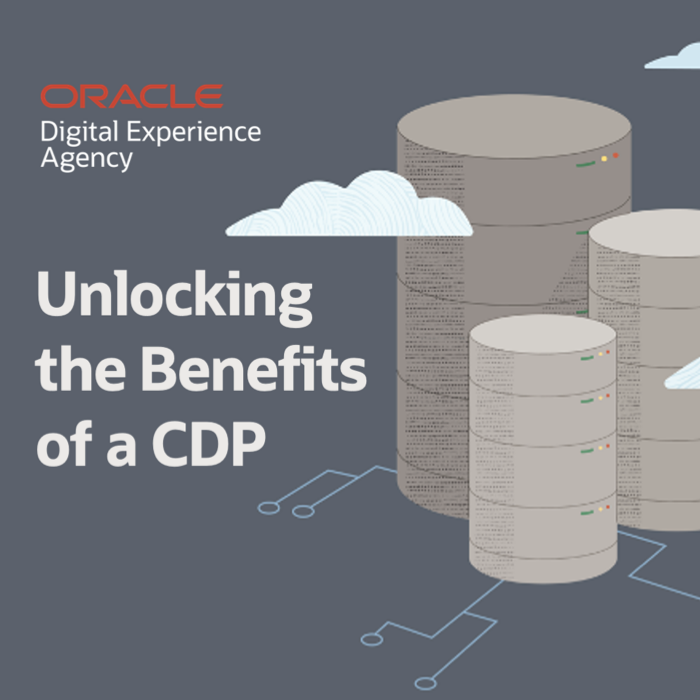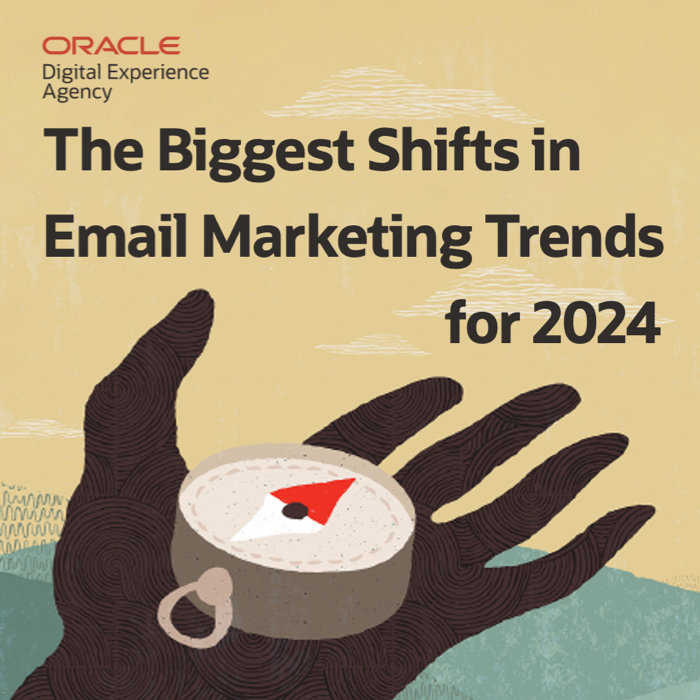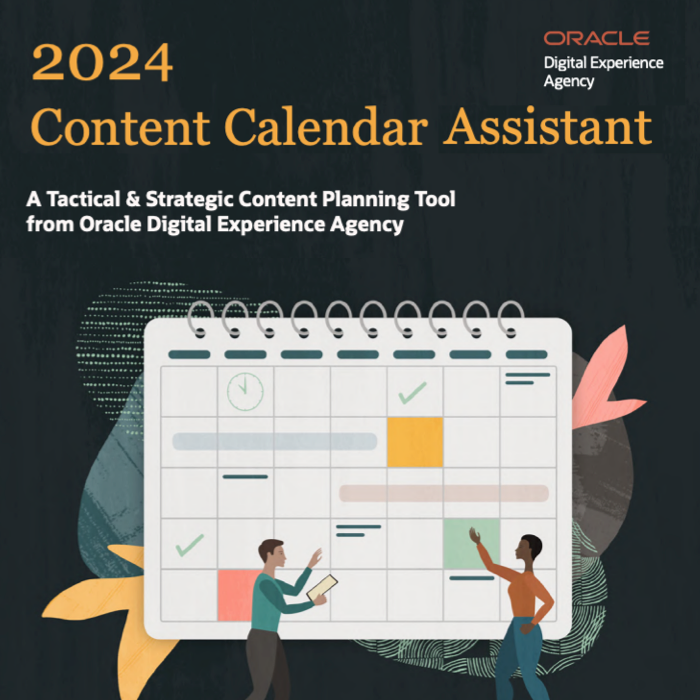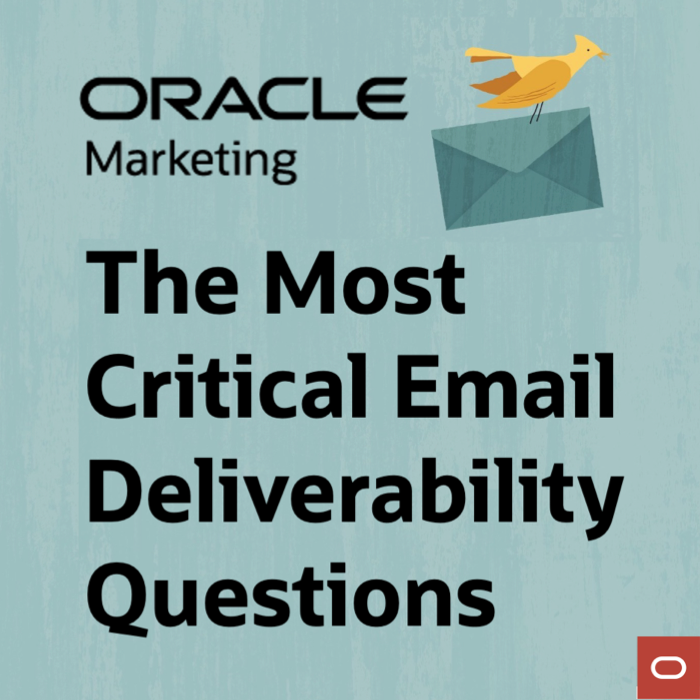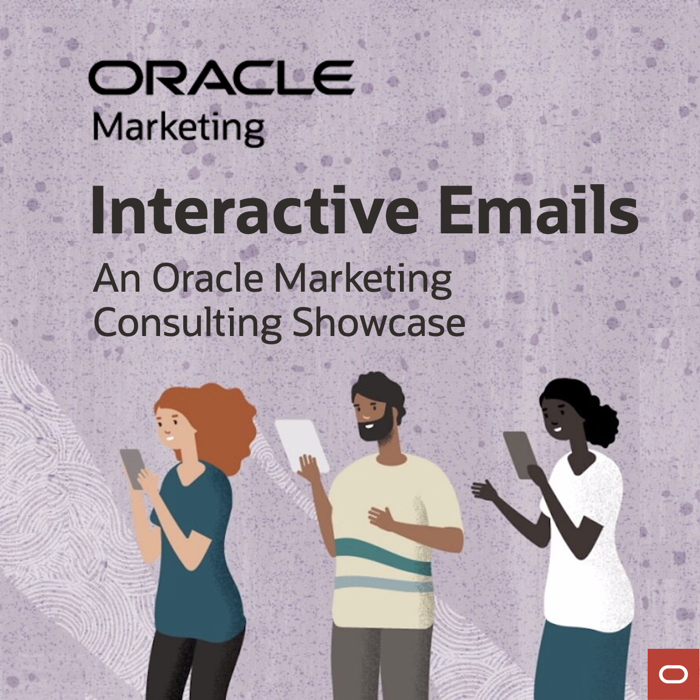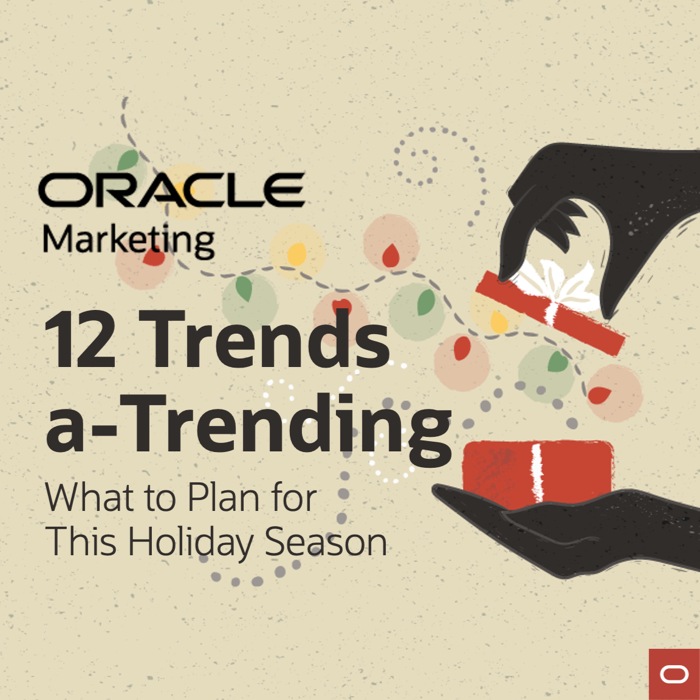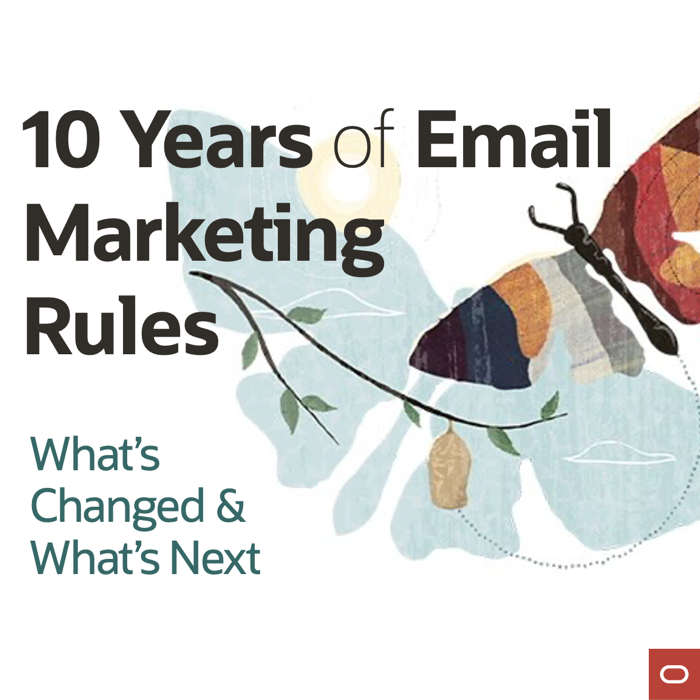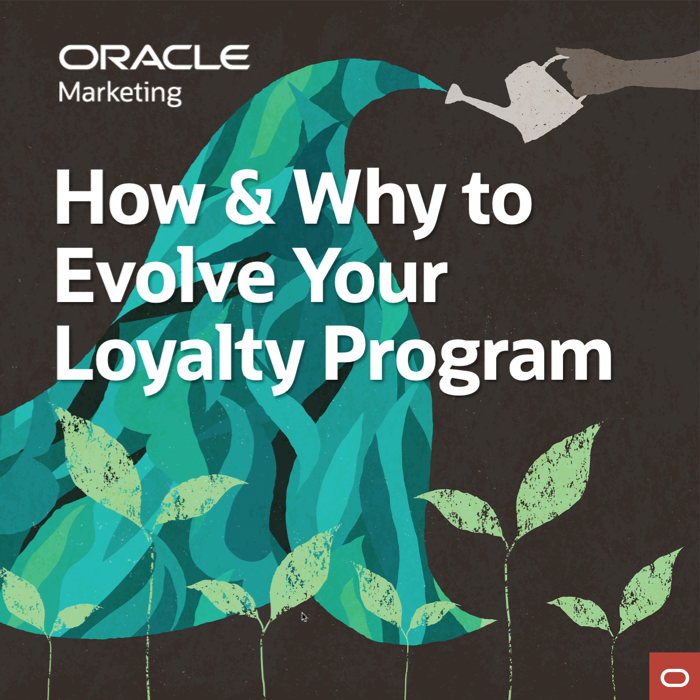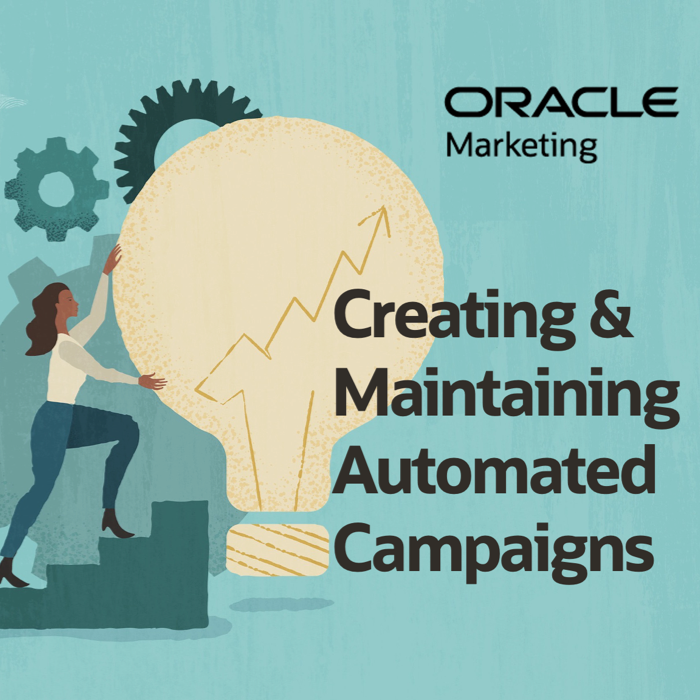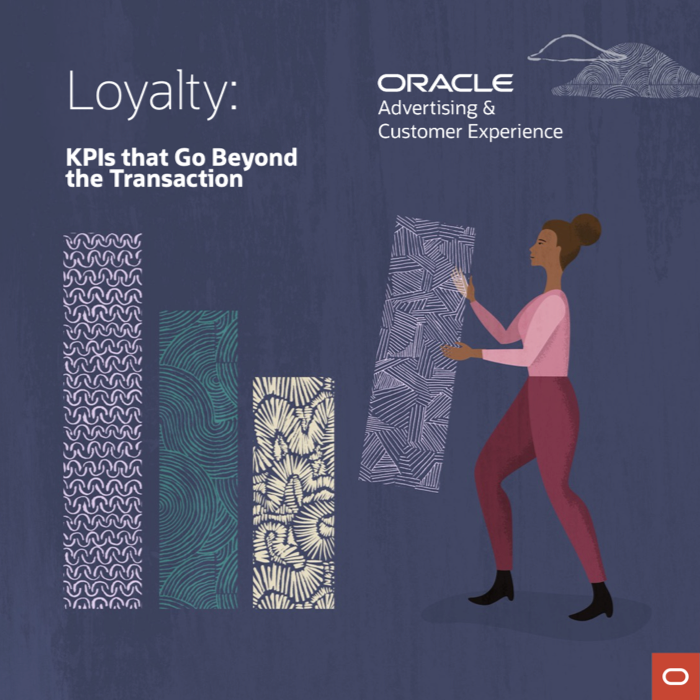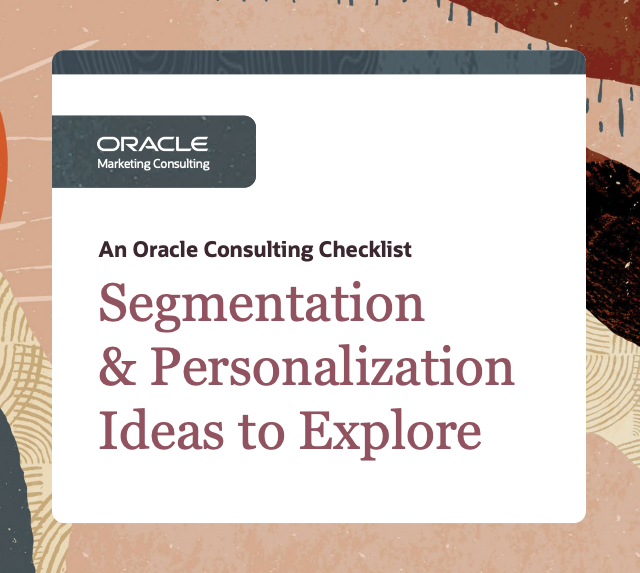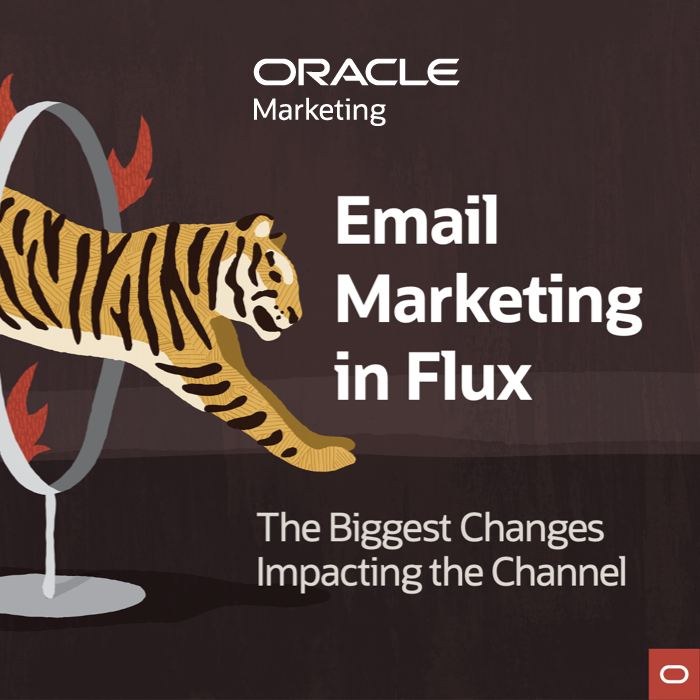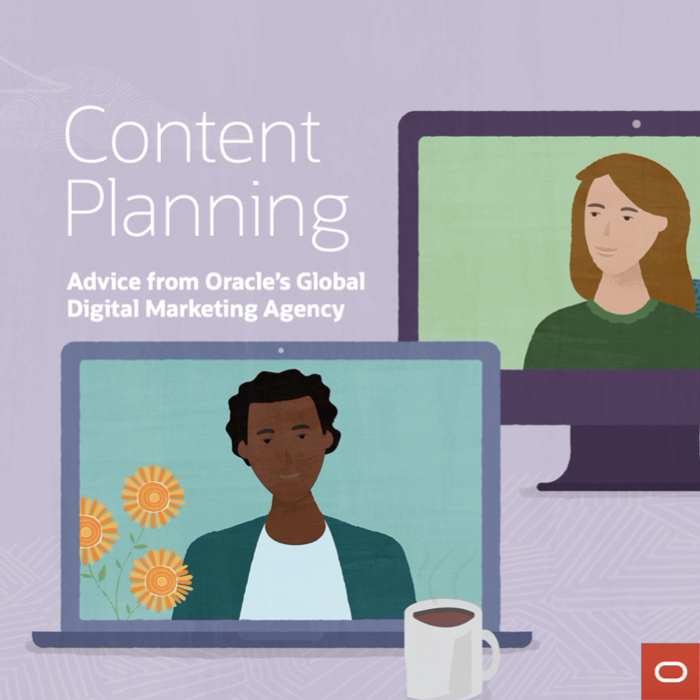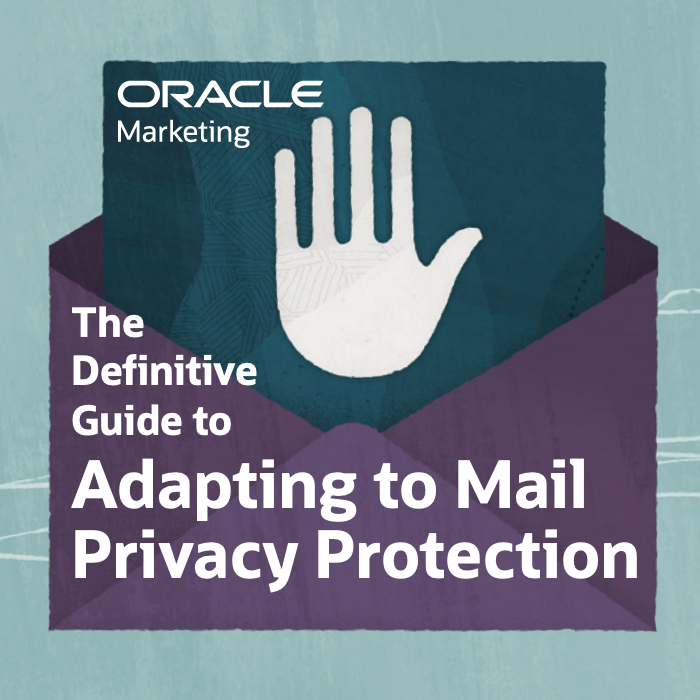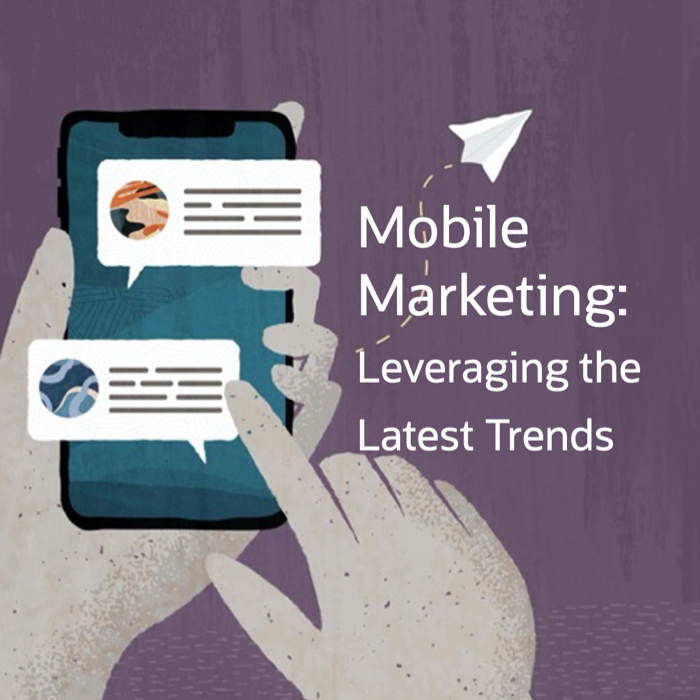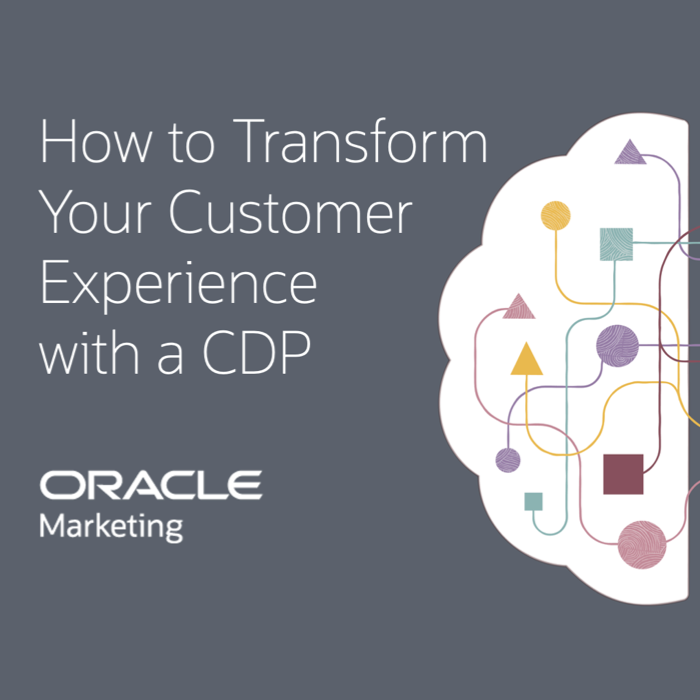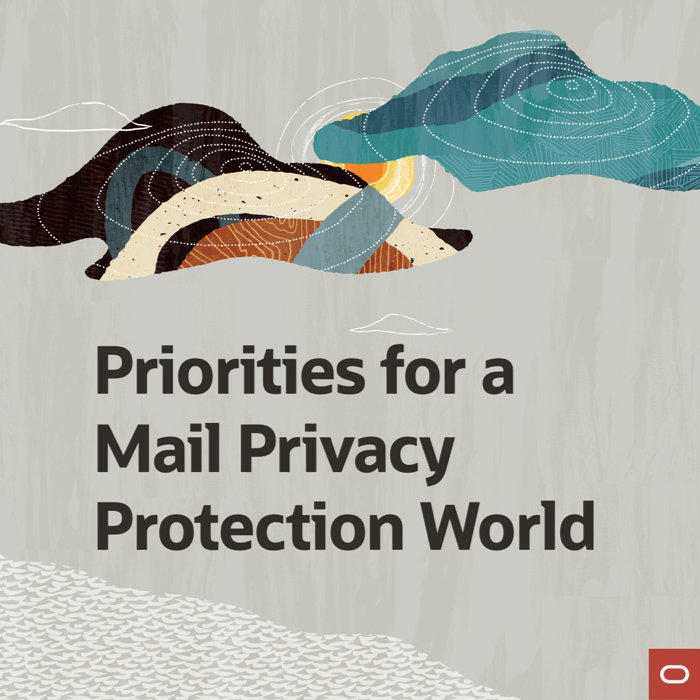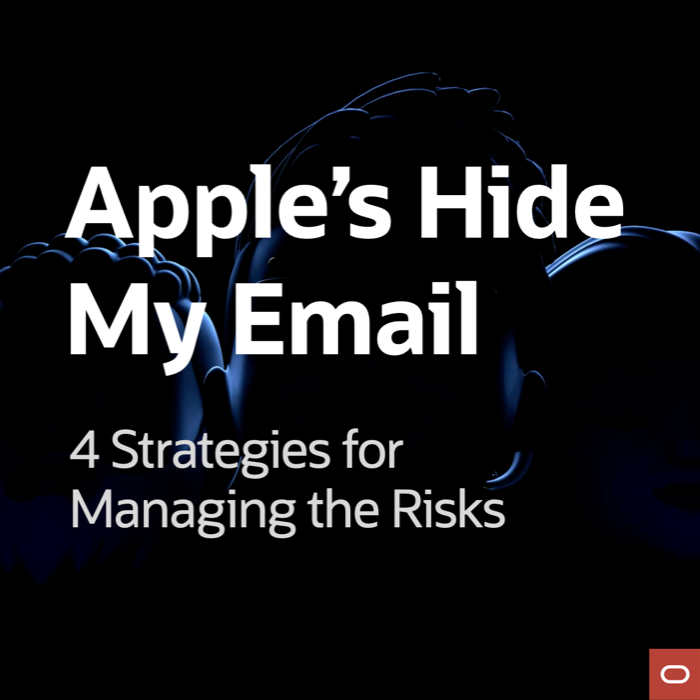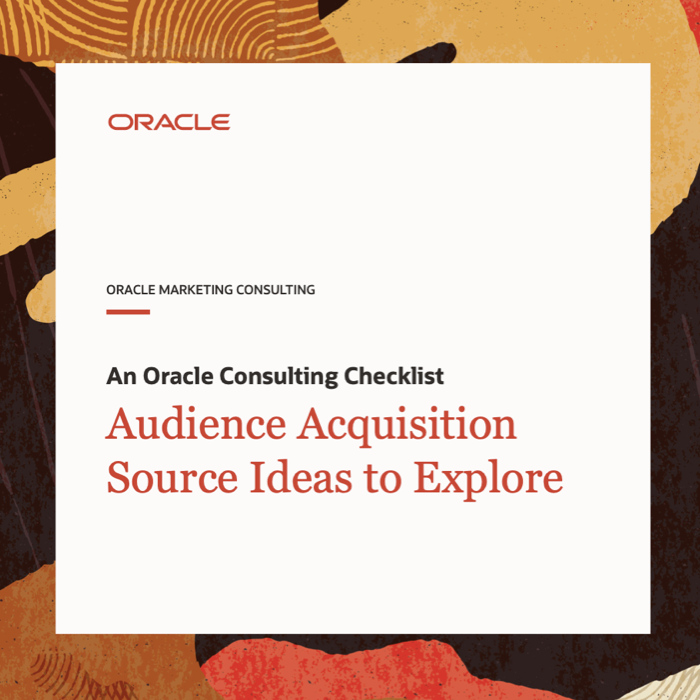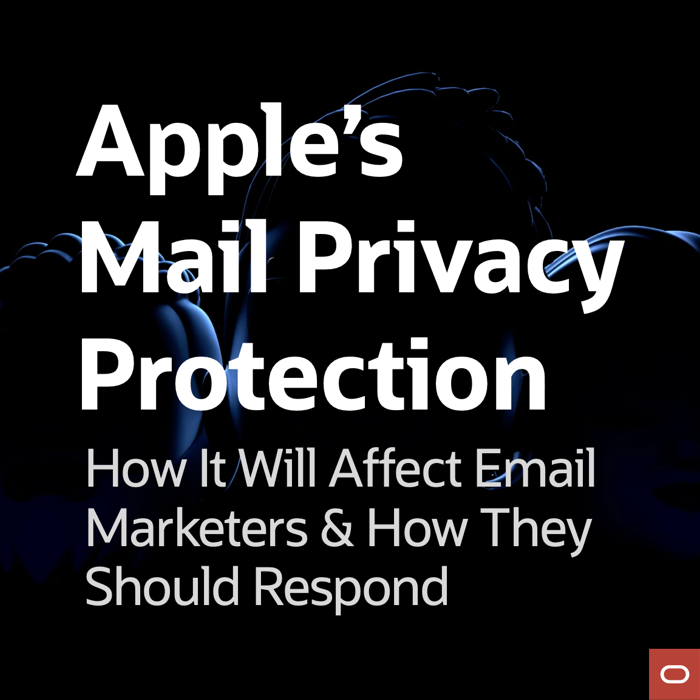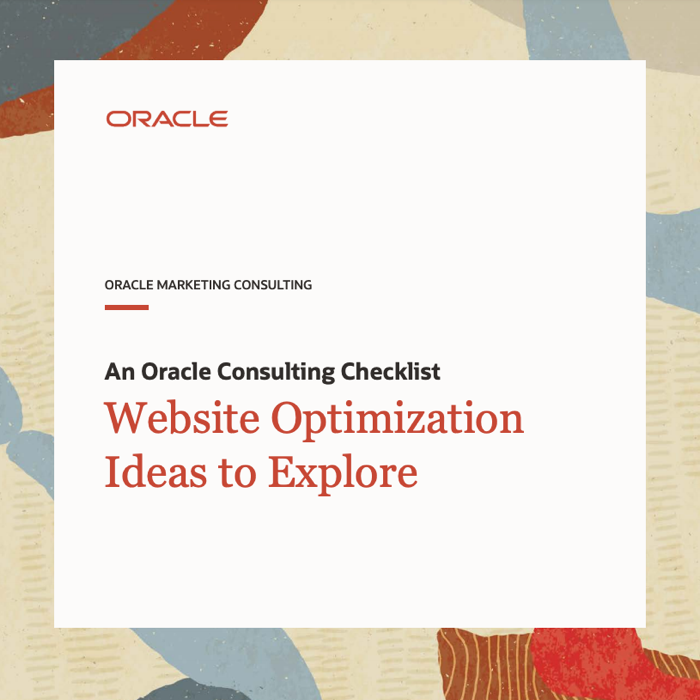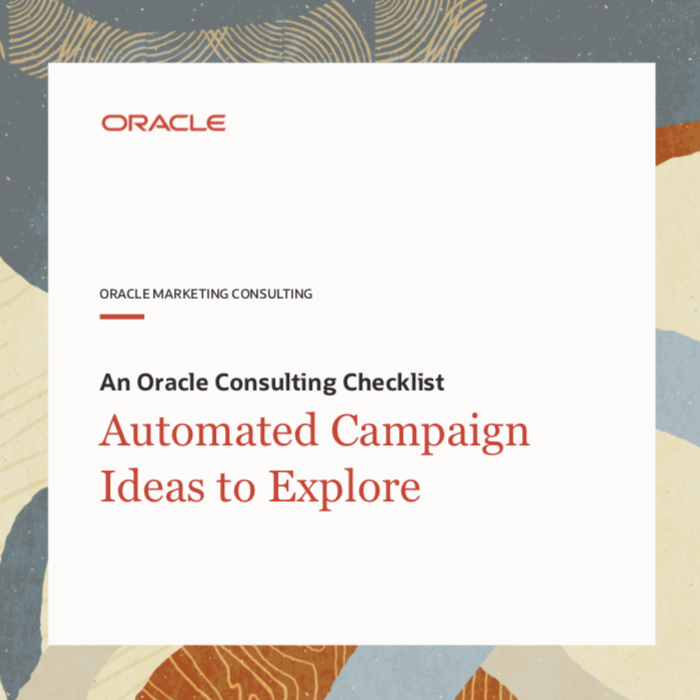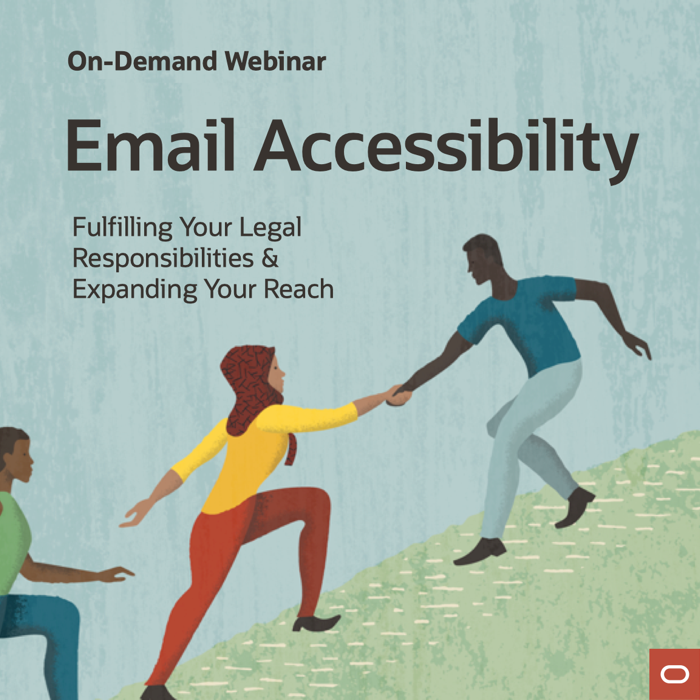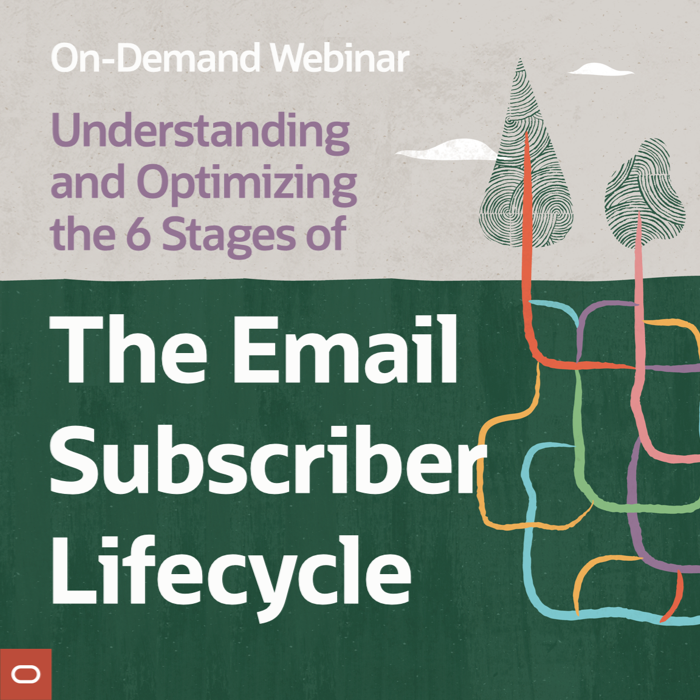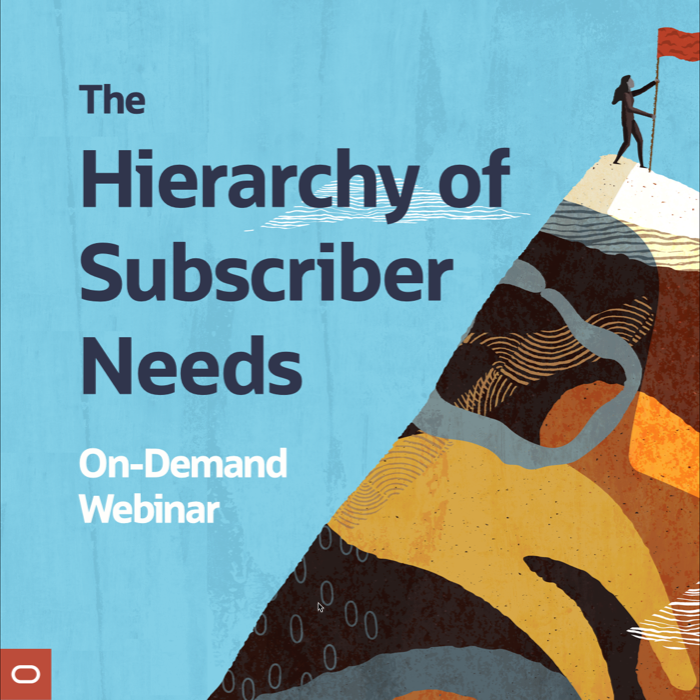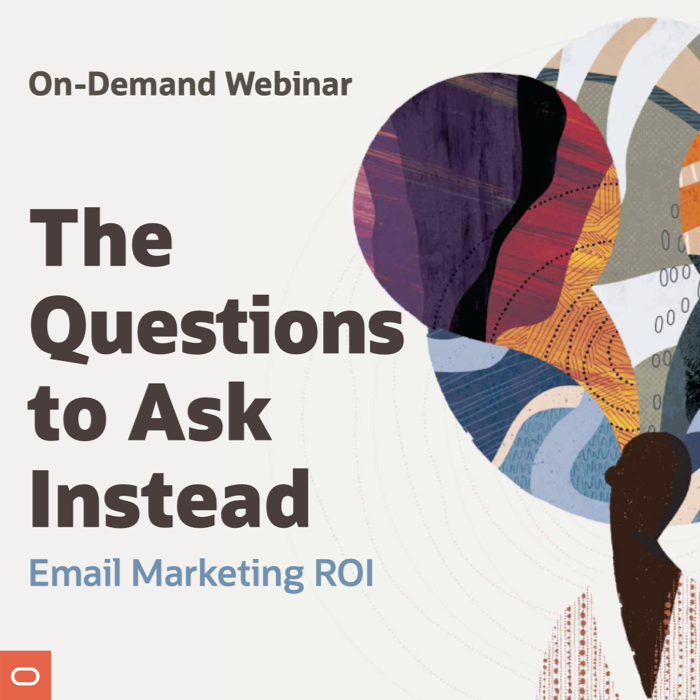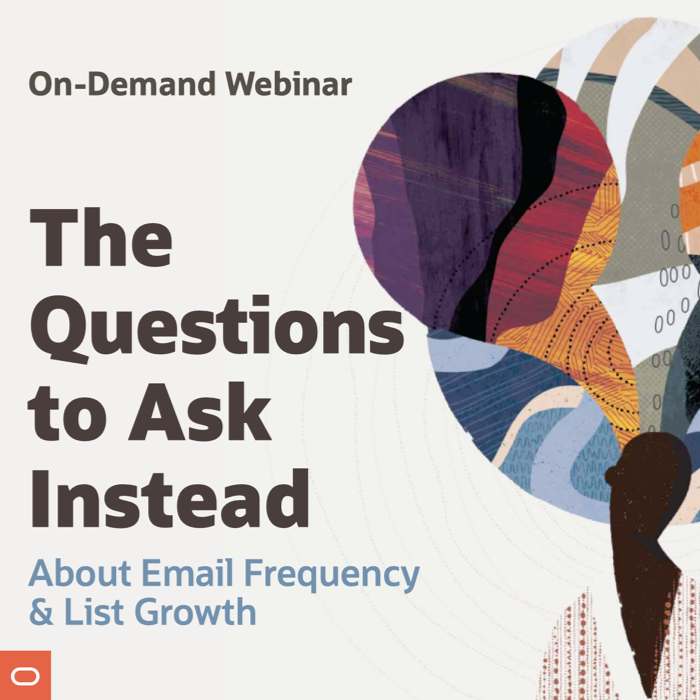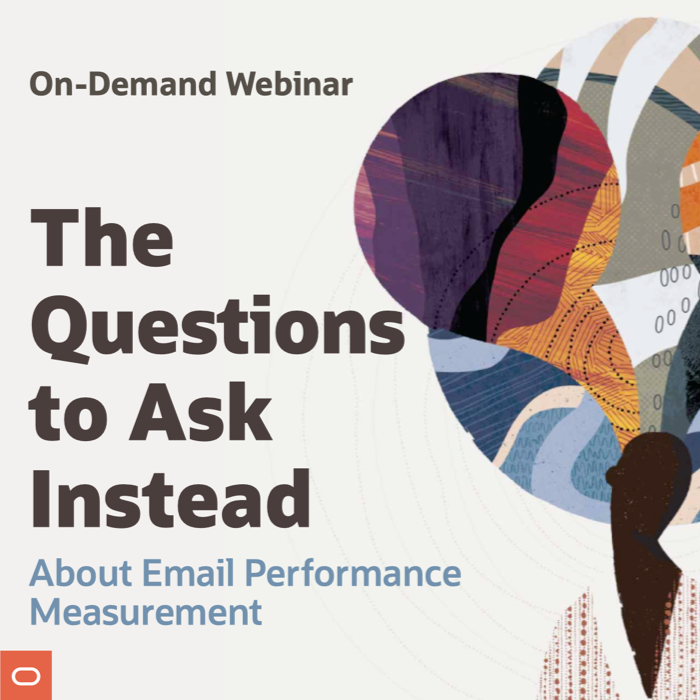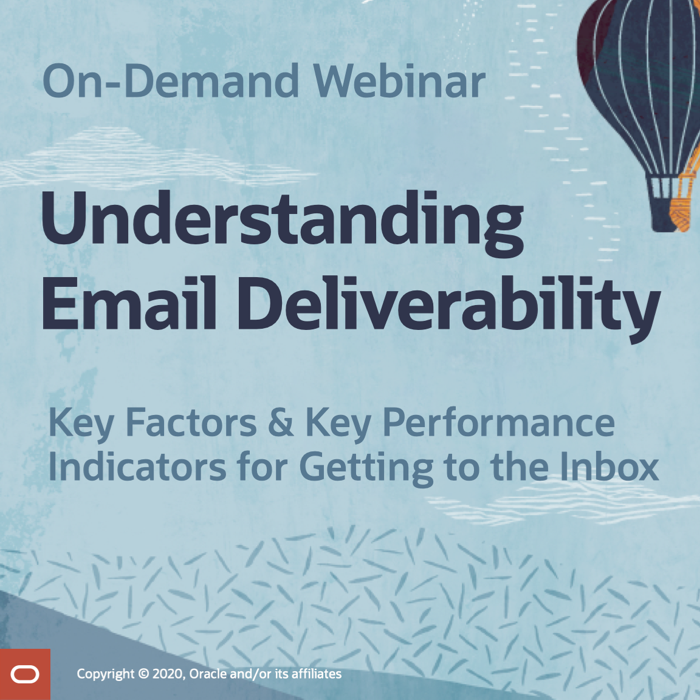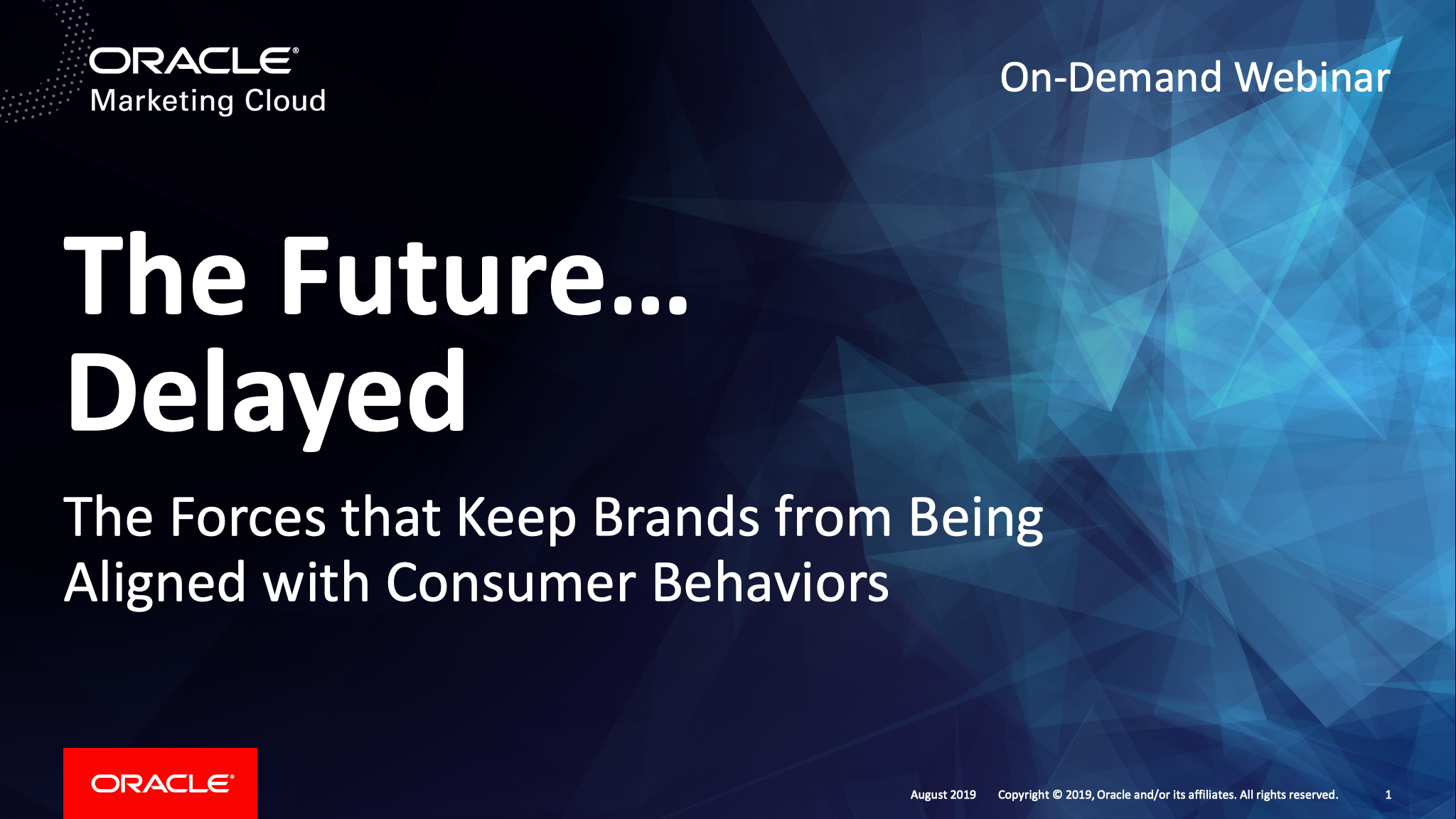Video in Email: Full of Problems and Promise
Posted on April 7, 2016
 Embedding video content into an email is hard. Support is inconsistent, and segmentation and fallbacks are a must.
Embedding video content into an email is hard. Support is inconsistent, and segmentation and fallbacks are a must.
The logistics and mixed subscriber experience is the chief reason that few brands have even tried video in email. However, despite all the hype and false starts over the years, video in email still holds great promise and marketers are excited about the idea of it, as much as the reality of it lets them down.
In addition to polling marketers about their usage of video in email, we interviewed three email experts, asking them what they see as the challenges and opportunities around this email element.
>> Read the entire post on the Litmus blog
The People, Process, and Products of a Great Email Marketing Workflow
Posted on April 6, 2016
 The right email marketing workflow is a mix of three P’s: people, process, and products. That’s how Elyse Dupre of DM News put it after I spoke with her about our 2016 State of Email Production report. I think that’s a great way to look at what it takes to build a great email marketing machine.
The right email marketing workflow is a mix of three P’s: people, process, and products. That’s how Elyse Dupre of DM News put it after I spoke with her about our 2016 State of Email Production report. I think that’s a great way to look at what it takes to build a great email marketing machine.
For the People component, we talked about team sizes and about skill sets. I also shared findings from our yet-to-be-released report on email marketing salaries that marketers with more specialized skills tend to earn higher salaries.
For Process, we discussed email content planning—and the lack there of in some instances. We also talked about the approval process and QA, including the counterintuitive finding that more sophisticated marketers halt more email sends and send more apology emails. I explain that it comes down to visibility: “It’s hard to correct a mistake if you don’t know you made one.”
And for Products, we discussed the availability of a lot of email production tools that few marketers are actually using. That’s an opportunity for marketers to try out some of these and see if they make sense for their workflow. We also discussed ESP usage and the fact that there’s a clear split between marketers using just one ESP and those using two or more.
>> Read the full article on DMNews.com
Webinar Recording + Q&A: 8 Trends that Will Define the Future of Email Marketing
Posted on April 5, 2016
 We recently hosted a webinar where Justine Jordan and I discussed the 8 most impactful trends from our Email Marketing in 2020 report, which touches on everything from personalization and automation to inbox functionality and privacy.
We recently hosted a webinar where Justine Jordan and I discussed the 8 most impactful trends from our Email Marketing in 2020 report, which touches on everything from personalization and automation to inbox functionality and privacy.
The recording of that hour-long webinar is now freely available.
>> Watch the webinar recording
Attendees of the live webinar had some great questions about the future of email marketing, not all of which we had time to answer during the webinar. However, we were able to answer all of the following questions in a follow-up blog post:
- Can you define “Single View of the Customer”?
- How do you balance the trends of interactivity and minimalism? Or put another way: How can emails of the future be both short, consumable emails and microsites?
- Is there currently a way to track email opens from wearables? Is there any plans for Litmus to add “wearables” into Email Analytics?
- Microsoft Outlook notoriously drags down email evolution. How do you see it affecting these predictions?
- There have been constant talks about personalization, mapping the customer journey, etc. but the majority of ecommerce companies still do batch and blast and one-size-fits-all emails. Who actually is utilizing all of these technologies and being an exemplary email marketer?
- In light of recent issues surrounding artificial intelligence, will those types of examples deter this type of technology?
- I find it interesting that as Millennials come into play, with their assumptions of less privacy, that the belief is that anti-spam laws will strengthen. Who drives this strengthening and in what ways?
- Typically we’ve measured email success by click-through and open rates. With the changes in email moving forward, how should we be measuring success?
>> Read the answers to these questions
The Last Word on March 2016
Posted on April 4, 2016
 A roundup of email marketing articles, posts, and tweets you might have missed last month…
A roundup of email marketing articles, posts, and tweets you might have missed last month…
Must-read articles, posts & whitepapers
Email use continues to grow worldwide with users expected to reach 230 billion by 2020 (The Drum)
Webinar Replay: Top takeaways of MarketingSherpa Summit 2016 (MarketingSherpa)
Pow Pow – Gaming within Emails (1973)
The Dispute Continues Over Email Privacy Rules (Direct Marketing News)
Email Deliverability Crash Course: Message Acceptance, Seed Lists & Panel Data (SparkPost blog)
Interactive Carousels in Email: HP ENVY & B&Q Outdoor Furniture (FreshInbox)
ESPs and Purchased lists: 9 months later (LinkedIn)
Emoji Marketing On The Rise (MediaPost)
What Happened to Our Metrics After We Stopped Sending So Much Email (HubSpot)
Insightful & entertaining tweets
@krudz: And today all of a sudden I speak spanish? #email #data #Verizon pic.twitter.com/RzuEURI4mh
@becskr: I really wish I wasn’t getting targeted with baby ads just because I’m “of a certain age”. Show me puppies, ALL TEH PUPPEHS
@DerekBHarding: In a stunning turn of events a marketer just said that martech belongs with marketing not IT (IT unconvinced) #dmu16 #martech
@EmailKarma: My wife sent me this – Do you perhaps mean .cat? Email address verification software fail! #EmailHumour #EmailGeeks pic.twitter.com/9P2NHDaB29
@unmarketing: Our @emmaemail friends must love this. Saying email is dead and to see why, just submit your email! pic.twitter.com/dzSHd7J1Qt
@TedGoas: ~ leans back in chair and tilts head skyward ~ Can I have just one day where someone doesn’t call an email an Email Blast? Just. One. Day.
Noteworthy subject lines
Pier 1 Imports, 3/6 — Hunting for that perfect Easter table?
Lego, 3/13 — Fill their baskets with creativity!
J.Crew, 3/13 — Reset your clocks, then shop this 23-hour sale
Chico’s, 3/13 — New Tops For Longer Days + 50% Off Sale (Ends Today)
ASPCA, 3/16 — Some Animals Aren’t So Lucky
Clinique, 3/31 — All the makeup Mom needs—in one pretty bag. Plus, FREE tote with purchase.
Tiny Prints, 3/27 — Just In! Our 2016 Graduation Collection
J.Crew, 3/4 — Cute new swimsuits: free shipping, free returns, zero dressing-room mirrors
J.Jill, 3/27 — Signs of spring—our new floral prints are here. Plus, extra 30% off all sale ends today.
Hayneedle.com, 3/30 — Gardening up to 45% off – grow get it!
Horchow, 3/4 — The RUG Sale: 25% off. Start your room here.
West Elm, 3/31 — Rug SALE! 30% off ALL jutes, dhurries, kilims..oh my!
Clinique, 3/4 — Say ‘I do’ to big day beauty. Free Vow to Wow Kit with purchase
Walmart, 3/27 — 4K Ultra HD TVs at super low prices
HP.com, 3/30 — Check out the world’s thinnest and lightest…
JCPenney, 3/6 — Buy 1 Get 1 for 1¢ select JCPenney Home items
Tempur-Pedic, 3/2 — Get a mattress, and we’ll give one away.
The North Face, 3/2 — Grown and Sewn in the USA
Moosejaw, 3/25 — The Patagonia Charity Thing is back
Clinique, 3/19 — A Beginner’s Guide to Collecting Art
Jetsetter, 3/27 — 30 Trips of a Lifetime (How many have you taken?)
American Red Cross, 3/25 — How well do you know Clara Barton?
Gap, 3/25 — you + these jeans (insert compliments here)
Threadless, 3/16 — INTRODUCING: Lounge Pants!
Furniture.com, 3/10 — See what everyone’s talking about > > > > > > > >
Express, 3/12 — Choose-your-own-adventure packing lists
Neiman Marcus, 3/25 — Insta-glam favorites + cocktail dresses under $500
Fans Edge, 3/3 — #TBT Retro is ALWAYS IN.
Under Armour, 3/10 — Batman or Superman?
Feeding America, 3/3 — Hunger has no political party
Drs. Foster & Smith, 3/16 — How to Stretch Your Pet’s Healthcare Budget
New posts on EmailMarketingRules.com
Using Task Runners & Static Site Generators in Your Email Production Process
Report: 2016 State of Email Production
The Limits of Email Marketing Automation
The 3 Kinds of Inactive Email Subscribers and How to Manage Each of Them
How to Prepare for that Inevitable Apology Email
20 Predictions from 20 Experts about Email Marketing in 2020
Using Task Runners & Static Site Generators in Your Email Production Process
Posted on March 31, 2016
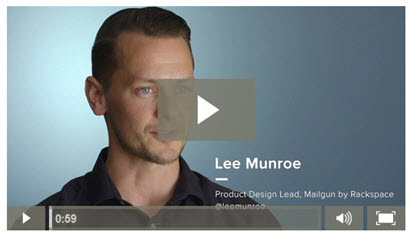 While small now, there’s a growing trend of email developers using web development tools to build emails. For instance, 6.7% of email marketers are using task runners as part of their email production workflow, according to our 2016 State of Email Production report. And more than 5% of email marketers are using static site generators.
While small now, there’s a growing trend of email developers using web development tools to build emails. For instance, 6.7% of email marketers are using task runners as part of their email production workflow, according to our 2016 State of Email Production report. And more than 5% of email marketers are using static site generators.
Lee Monroe, Product Design Lead at Mailgun by Rackspace, is a big believer in the role that traditional web development tools can play in email production. At The Email Design Conference, I had the opportunity to sit down and interview Lee about how email designers and developers can use these kinds of tools in their email production workflows.
“There’s lots of great front end developer tools that you can use to improve your workflow,” he says. “So static site generators is one. These have historically been used as web development tools, but using them for email you can set up a framework that includes layouts, variables, partials—that type of thing—to help you optimize your workflow from end to end.”
>> Read the full post on the Litmus Blog
Report: 2016 State of Email Production
Posted on March 25, 2016
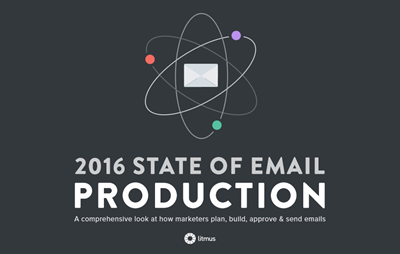 Are you missing out on software and tools that could improve your email production process? Does your company spend enough time on email coding? On the QA process? On analytics? Are you planning email content far enough in advance? Is your approval process too burdensome or too lax?
Are you missing out on software and tools that could improve your email production process? Does your company spend enough time on email coding? On the QA process? On analytics? Are you planning email content far enough in advance? Is your approval process too burdensome or too lax?
To get solid answers to these questions, Litmus surveyed more than 900 marketers, asking about all facets of their email production workflow, including:
- How email teams are built
- How peak-season and off-season email content is planned
- How teams allocate time among various production tasks
- How technology is used in email production workflows
- How quality assurance and approvals are handled
- How emails are sent
- How email mistakes are dealt with
We share the results of that survey in the inaugural State of Email Production report. Use these results to help benchmark your own process, identifying opportunities for improvement and using this evidence to make a compelling argument for more resources or process streamlining.
>> Download the free report
The Limits of Email Marketing Automation
Posted on March 22, 2016
 Two-thirds of marketers expect machine learning, AI, and predictive software to determine the majority of the content (subject lines, images, copy, etc.) in marketing emails at some point, according to research published in our Email Marketing in 2020 report. And that’s very understandable considering the massive scale of email marketing and the increasing need to create relevance on the individual subscriber level. Humans simply cannot achieve that on their own. Email marketing automation will undoubtedly become more vital to success.
Two-thirds of marketers expect machine learning, AI, and predictive software to determine the majority of the content (subject lines, images, copy, etc.) in marketing emails at some point, according to research published in our Email Marketing in 2020 report. And that’s very understandable considering the massive scale of email marketing and the increasing need to create relevance on the individual subscriber level. Humans simply cannot achieve that on their own. Email marketing automation will undoubtedly become more vital to success.
That said, people will still have a major role to play in email marketing for several critical reasons:
- Machines are pretty horrible at creativity.
- Marketers will need to supply AIs with the right data.
- People will need to set the goals and parameters for their automation.
- Machines excel at logic, but human beings excel at being illogical.
- Because machines rely on historic performance for a lot of their “intuition,” they don’t handle shocks well.
For a full discussion of each of these points, plus more on the role of machine intelligence in email marketing,…
>> Read my full column on MarketingLand.com
Webinar: 8 Trends That Will Define the Future of Email Marketing
Posted on March 21, 2016
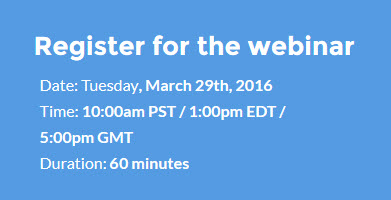 Email marketing has experienced great shifts in recent years, and is poised to undergo dramatic changes before the end of the decade.
Email marketing has experienced great shifts in recent years, and is poised to undergo dramatic changes before the end of the decade.
We explored the future of the channel in our recent “Email Marketing in 2020” report, where we asked 20 experts to share their vision for how email will change over the next several years. Their thought-provoking predictions touch on the subscriber experience, inbox functionality, deliverability, design and coding, the technology provider landscape, and much more.
In this webinar, Litmus VP of Marketing Justine Jordan and I will discuss 8 major themes from “Email Marketing in 2020”:
- Channel Stability
- A Single View of the Customer
- Hyper-personalization
- Machine Learning & Automation
- Inbox Landscape & Functionality
- Interactivity
- Minimalism
- Compliance & Privacy
Along the way, we’ll share the perspective of our amazing contributors, whose advice will help you get ready for the changes ahead. Justine and I will also share the results from our surveys of thousands of consumers and marketers about key trends. Join us to get a head start on preparing for the future of email marketing!
>> Register for this free webinar
Tuesday, March 29, 2016
1pm-2pm ET
The 3 Kinds of Inactive Email Subscribers and How to Manage Each of Them
Posted on March 17, 2016
 Your inactive email subscribers are not all the same, so you need different strategies for addressing them. By my count, there are 3 different kinds of inactives:
Your inactive email subscribers are not all the same, so you need different strategies for addressing them. By my count, there are 3 different kinds of inactives:
- Never-Actives, who are new subscribers who have never engaged
- Lapsed Customer Inactives, who are inactive subscribers who have also become inactive customers
- Current Customer Inactives, who are inactive subscribers who are known to be active customers
You should have different strategies for each of those groups of inactives, and your overall inactive strategy will vary depending on your company’s individual tolerance for deliverability risk.
>> Read the full post on the Litmus Blog
How to Prepare for that Inevitable Apology Email
Posted on March 15, 2016
 Sending an apology email is unavoidable. It’s also true that sending one is a lot less painful when you’re prepared.
Sending an apology email is unavoidable. It’s also true that sending one is a lot less painful when you’re prepared.
In this guest post for SmartBlogs, I discuss the three main reasons that brands send apology emails:
- A website outage blocked users from accessing information or completing transactions.
- An email contained a significant error.
- A public relations situation arose in another channel.
And then I talk about laying the required groundwork for smooth responses.
 Email Marketing Rules
Email Marketing Rules


